Have you ever wanted to learn How to Prune Fig Trees, but don’t know where to start?
Are you afraid you may kill your Fig Tree by pruning it?
Not to worry! TheGardeningDad is here to save the day.
[toc]
After hours of research, pruning more than 5 types of fig trees, and talking with local fig nurseries I have compiled a list of the 10 MOST EFFECTIVE Tips to use when pruning fig trees.
Buy THESE 3 Types of Fig Trees
Before you decide How to Prune Fig Trees, it is first important to understand some of the most common fig trees.
Figs can either be grown on trees or bushes.
Regardless of which one they grow on you will prune them almost the exact same way.
Because of this, you should pick a fig plant solely on what suits your needs best.
1. Brown Turkey
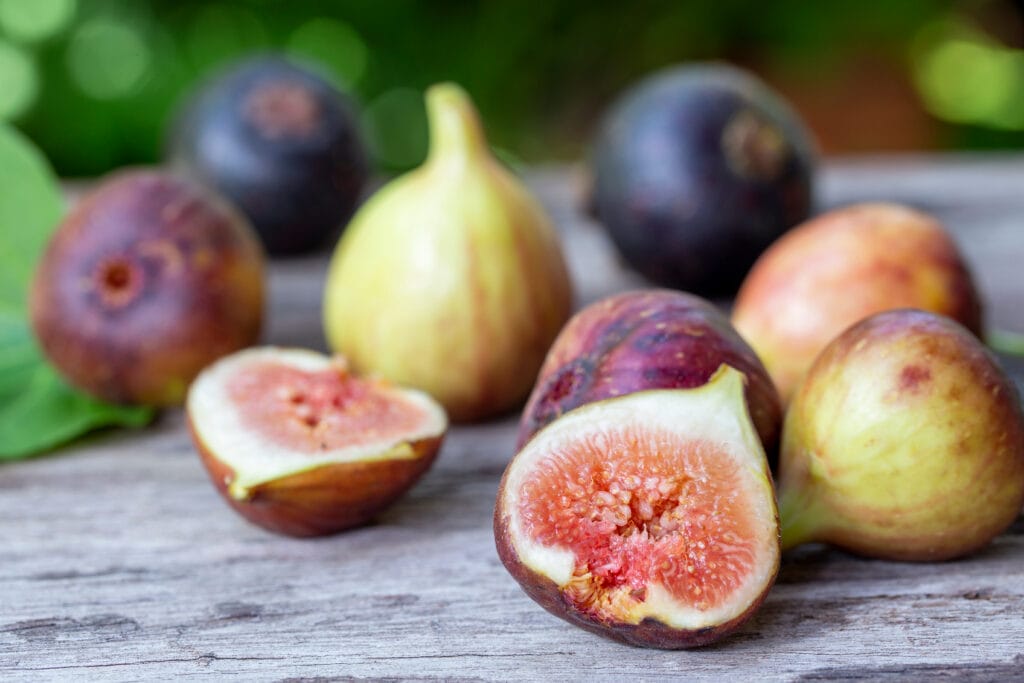
It is an
This type of fig tree needs minimal pruning.
If the weather drops below 10 degrees (Fahrenheit) then it needs to be brought inside.
In addition, it is heat-tolerant and self-pollinating.
It also takes 1 to 2 years to bear fruit.
It should be grown in hardiness z
2. Chicago Hardy
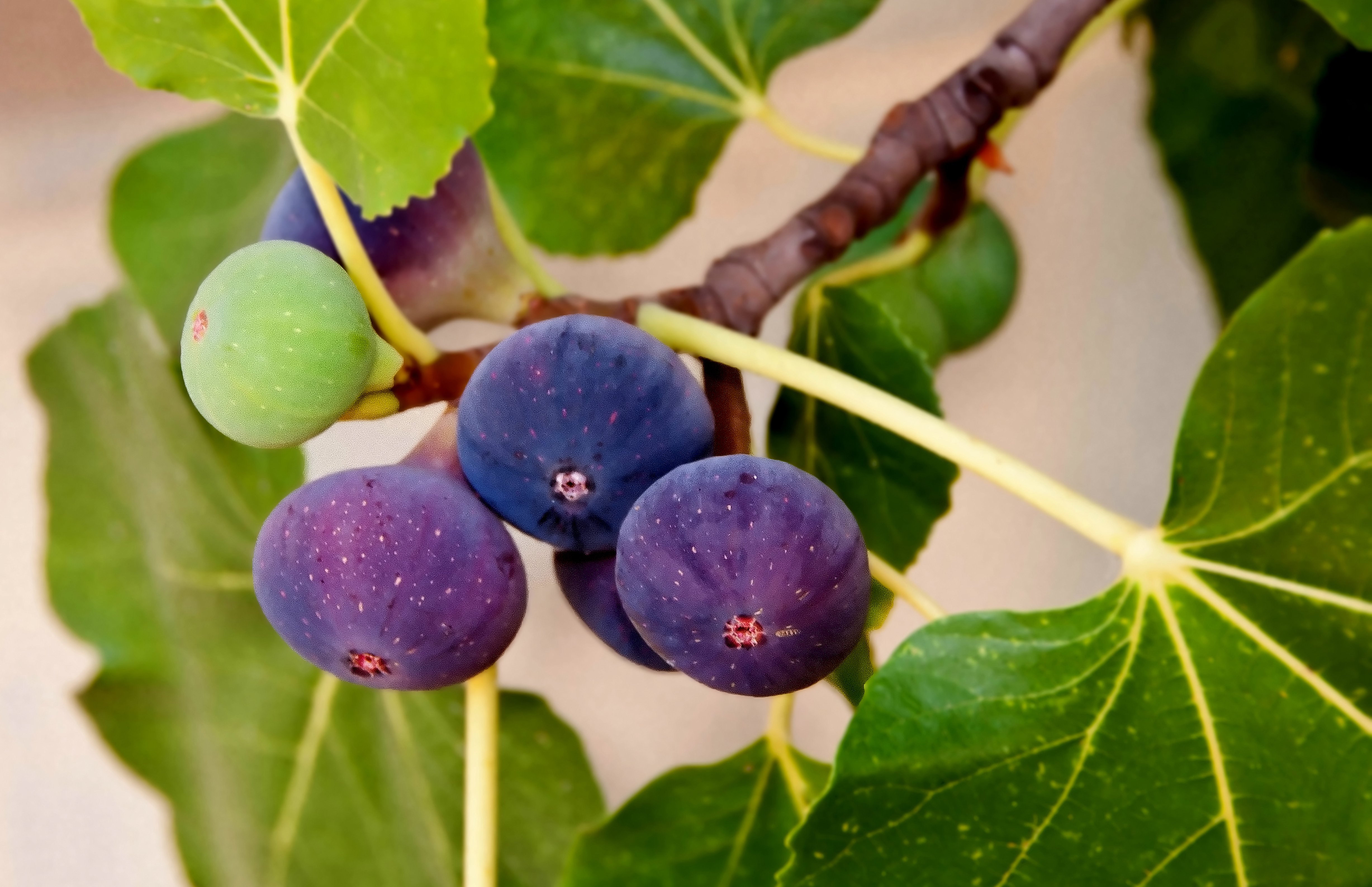
The Chicago Fig is the cold-hardiest fig on this list. It is also a great drought-tolerant and pest-resistant plant.
It is a high-performance plant that can bear over 100 pints of fruit. The figs are great in salads, cereal, or even served as appetizers.
It can be kept in containers or grown outside. It should be planted in 5-10 hardiness zones and bears fruit within 1 to 2 years.
Finally, it can grow anywhere from 6 feet (in a container) to 30 feet (in the ground).
3. White-Marseilles
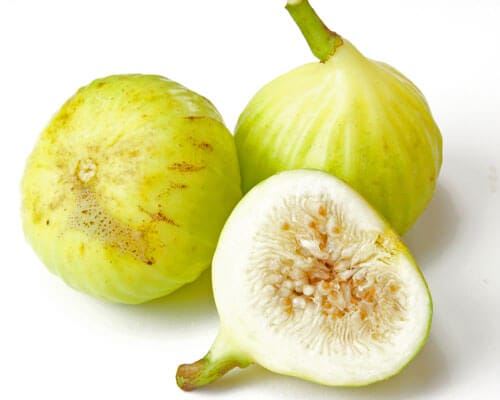
The White-Marseilles is considered the most superior fig on the planet.
It is a super productive plant that bears a yellow/white fig.
This is the perfect plant for Northeast & the Northwest. It should be planted in 6-9 hardiness zones. And it can grow 12 feet high by 12 feet wide.
Hardiness Zone
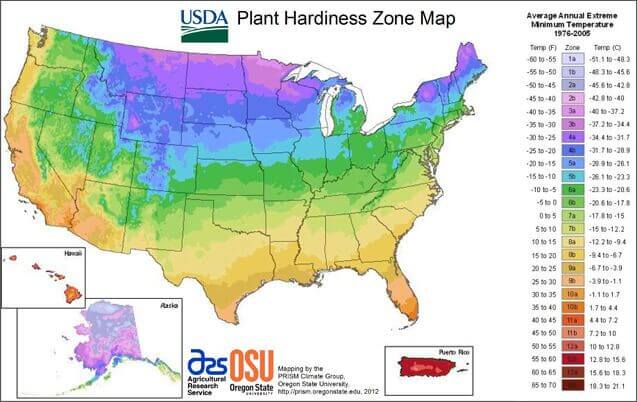
If you are interested in growing fig plants I recommend finding your hardiness zone.
By doing this you will have a better understanding of what fig plant is right for you.
Find what hardiness zone you are in USDA Plant
Where to Buy Fig Trees
You can purchase Fig Plants at your local garden store, from neighbors, Lowes, and even Home Depot.
My recommendation though is to purchase it through Amazon. This guarantees fast delivery and a plant that is in great shape.
In addition, they provide you with the greatest variety at the best price.
How to Prune Fig Trees (#1-10 Tips)
If you want to learn How to Prune Fig Trees there are numerous ways to do it.
If you want to do it in the most EFFECTIVE way possible then follow these 10 Tips below.
1. Prune and Trim your Fig Tree Immediately!
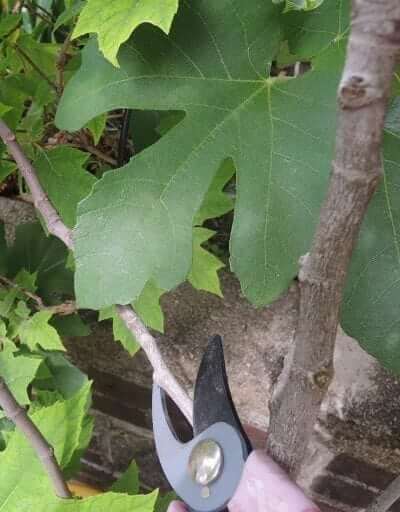
When learning how to prune and trim fig-trees, the first time you do it is critical!
Pruning helps reduce the risk of shock, stress, and damage. In addition, it promotes plant growth. Finally, it expediates fruit growth and fruit size!
You should prune your fig tree immediately after you plant it in the ground. When you do this, you will want to prune it about 50% back.
By doing this, the fig plant will develop effective roots that will help it become well-established.
If it is a fig bush it will help it grow branches equally around the bush side.
2. Prune the First Winter AFTER Planting
When learning how to prune fig trees, the first winter AFTER planting you will want to prune your fig tree.
During this first winter, you will want to prune all but 4 to 6 branches.
These will be your fruiting branches. Fruiting wood is wood that will bear your fig fruit on them.
By pruning during this first winter you will be giving your tree the best chance to grow more and better fruit.
3. Prune Every Year
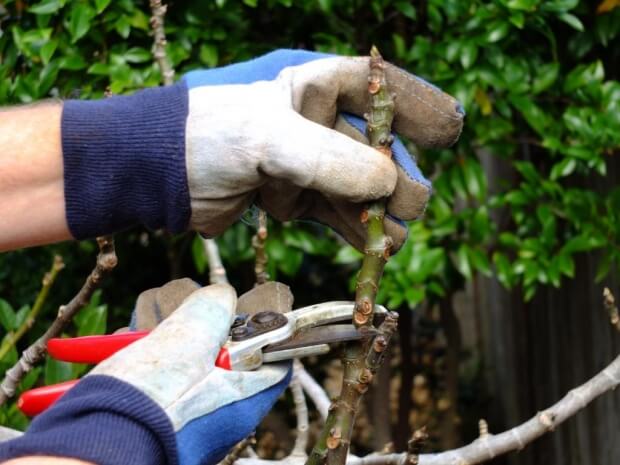
Do you want to know how to keep your Fig Tree healthy and fruit-bearing for years to come?
It’s simple! Prune Every Year. Do not skip a year and be consistent with how you prune!
You will want to prune every year during the dormant season.
My recommendation is to prune it immediately after your last frost if it is kept outside.
If your fig tree is kept indoors then you can prune it anytime from late February to early April.
You will follow the same instructions to pruning as you read in step 2. Keep 4 to 6 branches and prune everything else down to ground level.
4. Prune the Correct Branches
When pruning every year there are certain tips you want to ensure you follow consistently.
One tip is to make sure you prune any branches that coming off of your Fruiting Wood that does not point outwards. If it points inwards, cut it. If it points out horizontally, cut it.
5. Prune Dead Wood
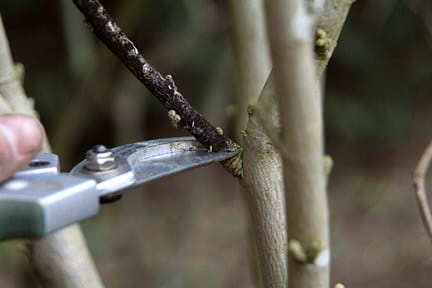
In addition to pruning wood that points inwards, you also want to prune deadwood.
If the wood has no bark on it then prune it. If the wood looks diseased or discolored then prune it.
And
6. Prune Suckers
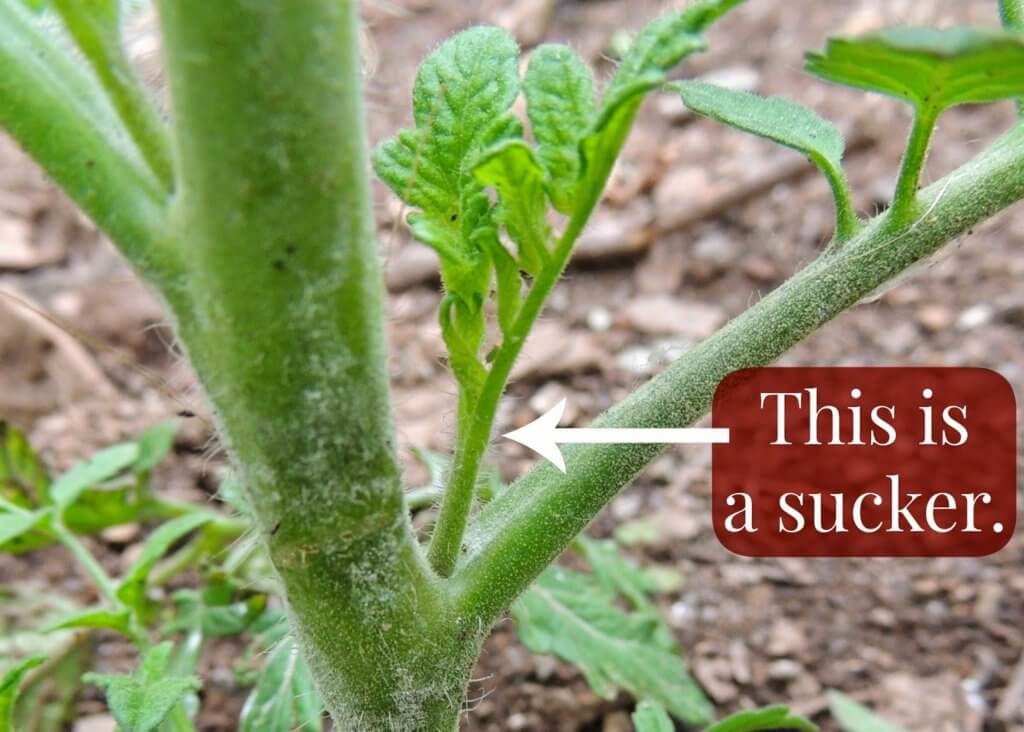
By now you have pruned branches pointing inwards, dead, and diseased branches.
Suckers are wood that sprouts from the base of the tree or bush.
Suckers provide no benefit to your plant. They take valuable nutrients and water from your plant. In addition, they do not bear fruit.
7. Prune Secondary Branches
You are almost done with pruning, but there are a few more tips to use.
You will want to prune any secondary branch that is growing less than a 45-degree angle. A secondary branch is a
The reason for pruning these types of branches is because they overcrowd
When overcrowding occurs the
8. Prune Fruiting Wood
Not only will you want to prune non-fruiting wood, but you will want to prune your 4 to 6 fruiting wood.
To help promote growth, additional fruit growth, and efficiency prune your main branches 1/3 to 1/4 their original size.
9. Prune Non-Fruiting Wood
If after pruning you still have more than 4 to 6 fruiting wood on your plant then follow this step.
Tip #9 is SIMPLE.
Prune the rest of your non-fruiting wood down to ground level. The less non-fruiting wood you have the better. Non-fruiting wood again takes water and nutrients from
10. Distance, Distance, Distance
As we already talked about it is important to not overcrowd your fruit-bearing branches.
Make sure to keep branches 12 to 15 inches apart.
Make sure these branches are not pointing inwards.
And make sure to prune any branches that intertwine others. Even if they are fruit-bearing.
If all else fails then I highly recommend watching this video on how to prune fig trees:
Other Fig Caring Tips
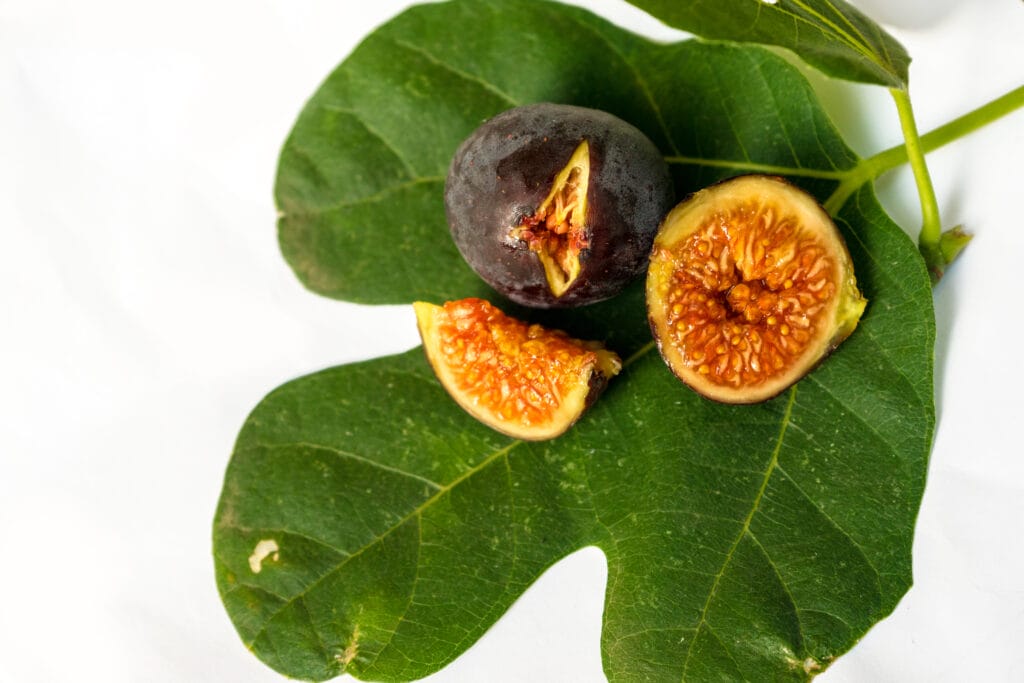
Pruning is critical for plant growth and fruit-bearing.
With that being said you need to care for your fig trees in other ways than just pruning.
If you follow these tips, along with pruning you will have years of productive fig production.
A) Reasons Why Figs Won’t Ripen
If figs on your tree won’t ripen or fall off before ripening there can be several reasons for it.
One of the reasons is that your plant is not getting enough water.
If this is the case make sure to water your fig tree more. Make sure to deeply water your fig tree 3 times a week. I would recommend 15 to 30 seconds each time.
Another reason that figs won’t ripen is if there is too much heat.
If you find this happens then move your fig into your garage during the heat of the day. If it is planted in the ground, make sure you pick a location that is not in sunlight for more than 12 hours.
Finally, if your figs won’t ripen then your tree may not be getting enough fertilization.
Make sure to apply fertilizer every year during early spring.
B) Fig Pest & Disease Prevention
One of the main ways to care for your fig tree is to prevent pests and diseases.
One of the easiest ways to deter pests is to fence around it.
By fencing, you will prevent two of the figs’ biggest enemies from destroying it.
These two are gophers and deer.
A simple fence that covers around and above the fig tree is all you need.
I recommend: Deerblock Netting and Fence
In addition, you will want to spray your tree to prevent disease and pests.
I highly recommend: Sevin Bug Killer
By spraying you will prevent mites, flies, fruit beetles, and ants.
These four pests are attracted to not only the tree but the aroma of the fruit. Therefore, they can quickly destroy your plant within a couple of days.
In addition, spraying will prevent diseases such as fig mosaic, souring, and canker.
Not only this, but I recommend cleaning your pruners or loppers before every use. One of the most common ways that disease is spread among fruit trees is through dirty pruners.
Learn how to properly clean your pruners in the video below:
C) Mulch
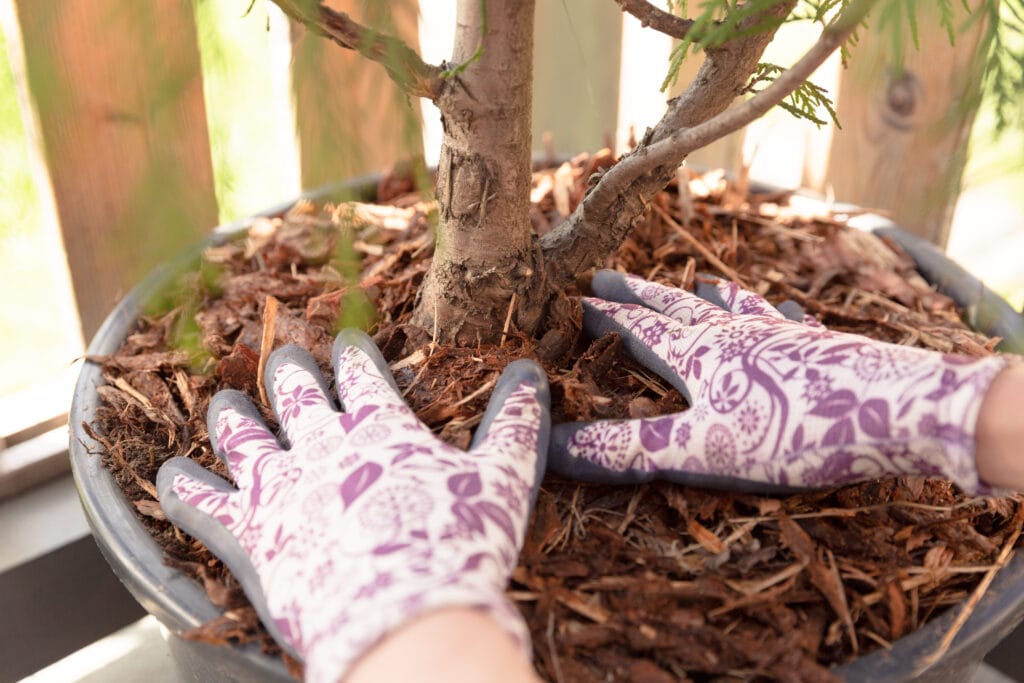
If you want to effectively care for your fruit tree then mulch around its base.
Mulching around your tree does two things.
First, it helps your tree absorb and hold water better than without it.
In addition, it prevents weeds. The more weeds you have the less water and nutrients can be absorbed by your plant.
D) Fertilize
Another great way to care for your fig tree is to fertilize it.
Fertilizing is pretty simple.
Follow the instructions provided with the
Do this in either late winter or early spring annually. Make sure not to add too much nitrogen.
I personally recommend: Miracle-Gro Plant Food
E) Winter Care
Most fig trees can survive temperatures above 10 degrees Fahrenheit. Any lower and even the hardiest of fig trees will die.
If you live in a cold region plant your fig tree or bush in a container. When the weather gets too cold bring it inside. You can also bring it in every fall and let it go dormant.
If you live in a mild-weather region then plant your fig outside.
If you feel your weather may get colder than usual there are ways to protect it. Therefore, insulate it with leaves, mulch, or a tarp to prevent cold-weather damage.
Below, is a great video on How to Grow Figs in Containers:
Supplies Needed for Pruning
1. Gloves
While gloves aren’t essential for learning how to prune and trim fig trees they do serve a valuable purpose.
They prevent you from getting fig “sap” on you.
Fig “Sap” is harmless, but can cause irritation and sometimes rashes during contact with skin.
I recommend an all-purpose glove. The Pine Tree Tools WorkingGloves is perfect for pruning and many other types of gardening.
2. Pruners
The whole purpose of this article is to teach you How to Prune Fig Trees. You can’t prune fig trees with pruners.
While there are numerous pruners out there do yourself and your plant a favor and get the best.
This will help to learn How to Prune Fig Trees that much easier.
The Fiskars Steel Bypass Pruners are ideal for cutting stems and light branches.
The no-stick coating makes it the best pruners out there for cutting through wood without having to worry about sap.
- Related: 12 Best Pruning Shears
3. Loppers
As your Fig trees and bushes continue to grow pruners won’t get the job done. The bigger the tree and bush are the more you will need a lopper.
Loppers are perfect for large branches! And they are easy to use when learning how to prune fig trees.
The Fiskars Lopper is ideal for cutting growth and large branches. Made with a fully hardened blade that is perfect for heavy use.
In addition, the rust-resistant blade will last you for years.
Conclusion
While pruning is not rocket science there are ESSENTIAL Tips that can make it as effective and efficient as possible.
Make sure you have the proper supplies before you begin.
This will save you time, energy, and frustration. It will also make your job as easy as possible.
In addition, follow the 10 ESSENTIAL Tips and Caring Tips above. If you do this you will not fail.
Also, see a few key reminders below:
- Prune right after planting and the first winter after planting.
- Prune every year. Keep only 4 to 6 fruiting wood. Prune fruiting wood annually 1/3 to 1/4 its size.
- Prune down all other non-fruiting wood. If it points inwards then prune it. If it intertwines with another wood prune it. And if it is a sucker then prune it.
- Make sure to water your plant three times a week. Water it for 15 to 30 seconds each time.
- Fertilize annually during late winter or early spring.
- Apply a pesticide annually to prevent pests and diseases.
Also, use fencing to prevent damage from deer and gophers. - If you live in a cold-weather region bring your plant indoors or insulate it with leaves and tarps.
What’s Next?
Have fun. Enjoy planting, caring, and harvesting figs from your trees and bushes.
Feel free to comment or ask any questions you have below.
Follow me on facebook
Follow me on pinterest
Check me on Instagram at the.gardening.dad
Check Out my other helpful articles:
How to Grow Lemon Trees in Pots (18 PROVEN Tips)
Winter Composting (10 PROVEN Tips)
44 Best Gardening Books (You WANT To Read)
Thanks for Visiting
-TheGardeningDad



